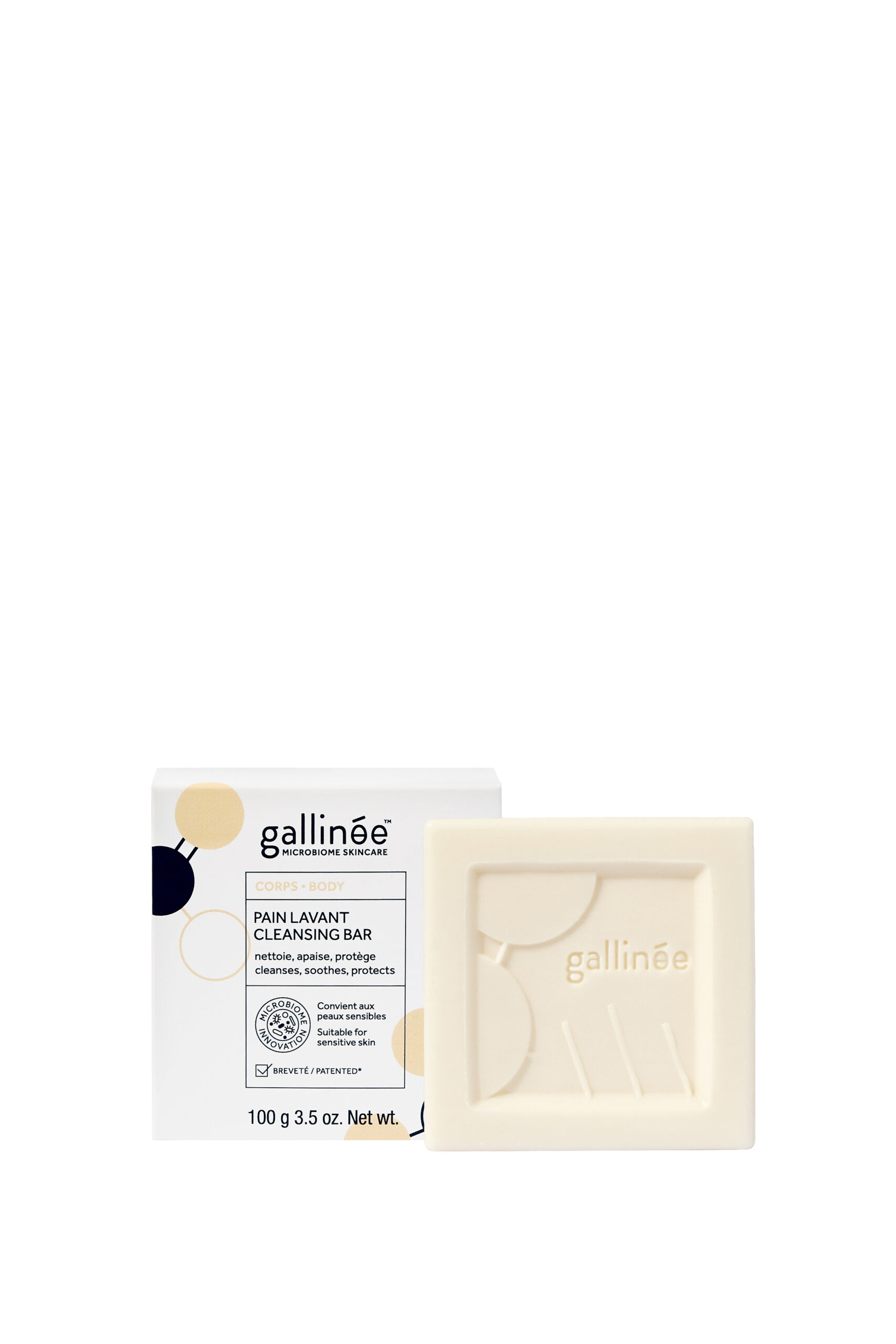Today I’d like to talk about a subject really close to my heart, or more exactly… my gut.
I’ve been strongly gluten intolerant for 10 years now, following a long course of antibiotics. It’s a bit of a shame because the only thing I love more than pasta is baguette. I also resist everything but temptation, which means I will usually have the baguette and suffer later. This is annoying.
And then one day at my first Microbiome Science conference, I saw a presentation that blew my mind.
Just to give a caveat, this is a young science and there are not a lot of large-scale studies on this yet, so please take everything with a pinch of salt. We barely understand how this works. But for people like me who suffer from gluten intolerance, this could be a good easy way to make life easier, and pasta more enjoyable.
First, what is gluten sensitivity?
It is different from allergy or celiac disease, where your body reacts really strongly to more traces of gluten.
For gluten sensitivity, we are talking about a list of symptoms that appear every time you ingest gluten. The list of symptoms usually goes like this: digestive symptoms (abdominal pain, bloating, diarrhoea or constipation, nausea, flatulence) and non-digestive (headache, foggy mind, fatigue, eczema, etc…). It’s a long list and it’s not a very precise one. Why? Because we don’t fully understand yet what causes gluten sensitivity, and we don’t have proper markers to measure it. It’s a disease that affects millions of people and yet we are not even sure how to define it. It’s usually called by the sexy name of NCGS, for Non-Coeliac Gluten Sensitivity.
For people with gluten intolerance, the answer is usually to cut gluten out of their diet and live a baguette-free life. The gluten-free equivalent of food is a massively growing market, but it is usually 1) more expensive 2) full of additives, so I usually avoid them.
What do we understand the mechanism so far?
It seems to be strongly linked to our microbiome.
As soon as gluten and its little sister gliadin enter your small intestine, it’s going to start hurting: gluten and gliadin are proteins, and they can provoke an immune reaction and inflame the gut locally. Et voila, bloating, pain, etc…
How can probiotics help?
Well, some probiotics have a very cool set of enzymes called peptidases: it’s specially made to eat proteins and break them in smaller bits. And that’s great because these smaller bits won’t trigger an inflammation. So, the idea would be to find the probiotics with the best anti-gluten peptidase power, eat them at the same time as gluten, and feel better. See them as the peace corps of your guts.
What are the right probiotics for that?
That’s where we need more research. Lactobacilli and Bifidobacteria seem really good, but it’s hard to pin down one strain in particular. It feels like these bacteria can team up and work together to destroy gluten.
What can you do?
This all science bit is really cool (isn’t it?!) but what does it mean for practical life?
It means very simply that if you eat live fermented products or probiotics at the same time as you eat gluten, your symptoms could be lessened. Simple, no?
On my side, I love my Gallinée Skin & Microbiome Supplement, and I take one every time I have gluten (I’m in Italy at the moment, so…). These strains haven’t been researched for the anti-gluten power, but be sure I’ll let you know when they are!
Fun fact:
This is exactly what happens during the fermentation of sourdough bread: the bacteria in the starter degrade the gluten and make the bread a lot easier to digest. If you can find organic slow-raised sourdough bread, the amount of gluten inside should be minimal.
Et voila!
Marie, Gallinée’s founder
Shop our Skin & Microbiome Supplement
Sources: https://www.ncbi.nlm.nih.gov/pmc/articles/PMC5494637/, https://www.mdpi.com/2072-6643/10/12/1824/htm






















